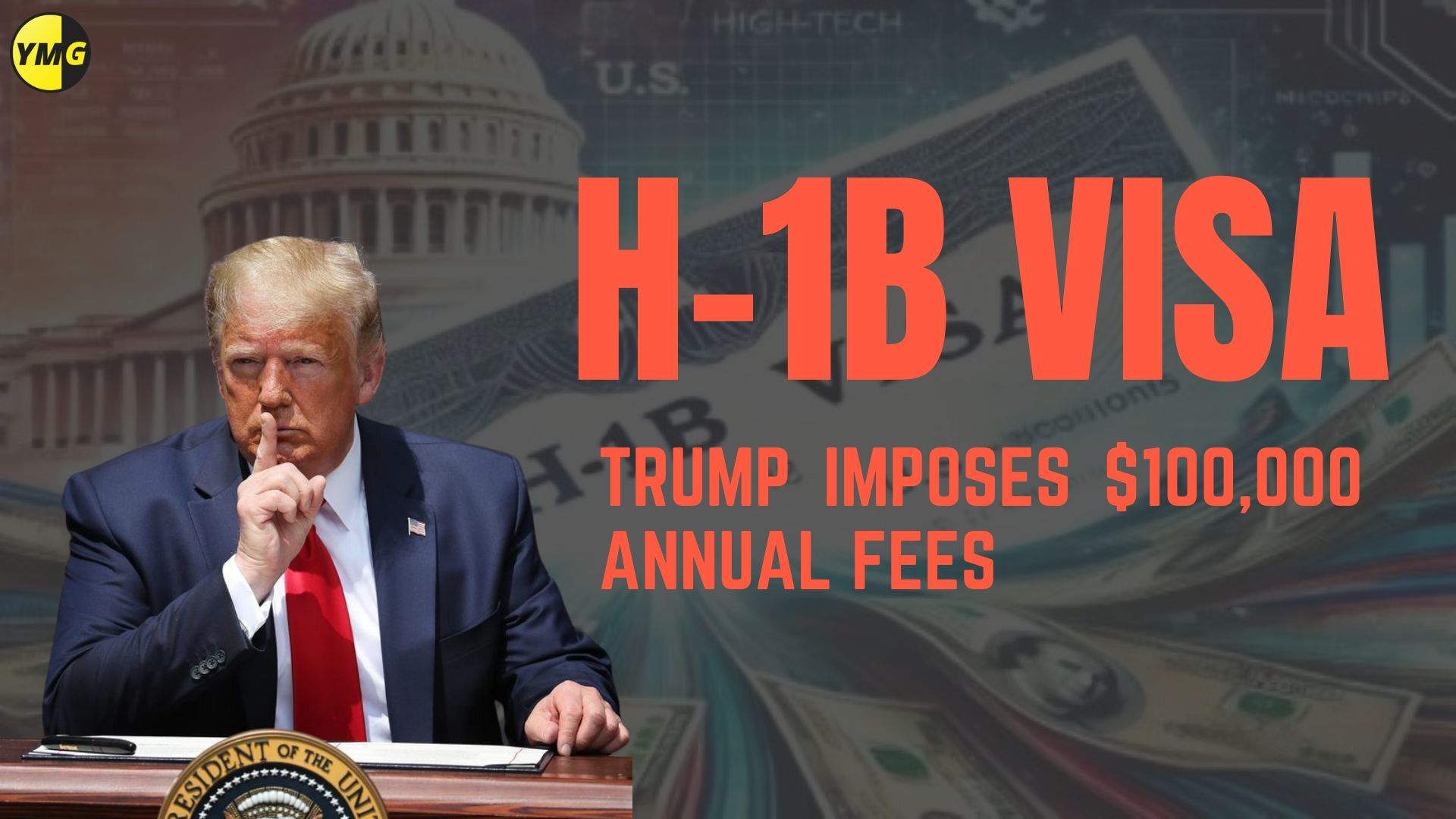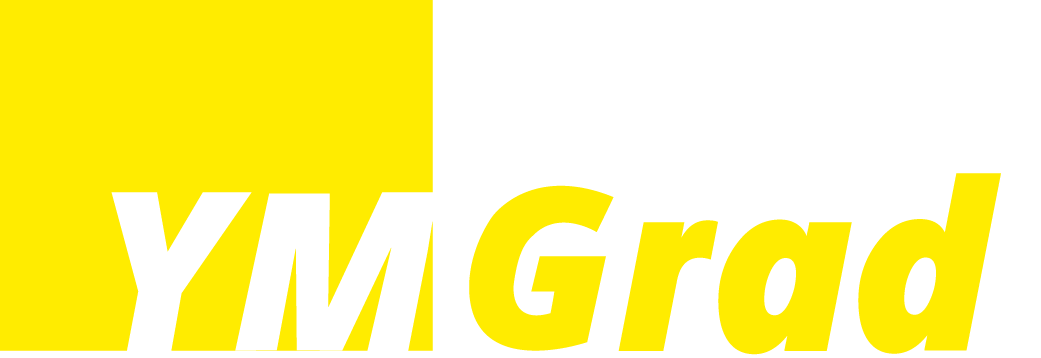Trump’s $100,000 H-1B Fee! - WHAT DOES IT MEAN FOR INDIANS?


The Trump administration has shocked the global tech and immigrant community by announcing a $100,000 annual fee for H-1B visas. This new rule has changed the game forever, especially for Indian IT professionals, U.S. employers, and H-1B aspirants worldwide. Whether you are a new aspirant, or an employer in the U.S., this update directly impacts you. Let’s break down what it means, who is affected, and what your alternative options are.
Who is Impacted?
The H-1B visa fee hike is likely to cause a sponsorship drought. It is quite improbable that the companies will pay $100,000 annually per worker. The fee hike might not impact giants like Google, Microsoft, etc., but as far as small tech companies are concerned, the fees is almost impossible to absorb. For thousands of Indian students and professionals waiting for H-1B, this is a roadblock. Many students pursue U.S. education with the goal of securing an H-1B after Optional Practical Training or OPT. Now, employers may hesitate to file for them, leaving students with limited long-term options.
In short, this fee hike is not just a financial adjustment, it’s a structural shift. It consolidates H-1B access within the biggest tech players, sidelines smaller firms, and blocks thousands of Indian workers and students from pursuing careers in the U.S. For many, the traditional H-1B pathway may no longer be realistic, making O-1 visas, EB-1A green cards, or global remote opportunities the more practical alternatives going forward.
$100,000 H-1B Sponsorship: Annual Obligation
Earlier, the traditional USCIS charges used to range between $5000 to $15000. Therefore, the fee hike comes as a shocker, as the Trump administration has made it clear that the $100,000 visa fee must be paid annually, for each petition that is being filed for every worker that the company is sponsoring. That means, if a company sponsors 10 H-1B employees, they’re looking at an additional $1 million in annual immigration expenses.
This implies that a mid-size IT consulting company with 50 H-1B workers would need to pay $5 million per year just in visa fees. For H-1B holders themselves, this translates into a higher risk of layoffs, non-renewals, or canceled sponsorships because employers will only keep workers who generate substantially higher revenue than their costs.
In a nutshell, this annual $100,000 H-1B obligation is not just a fee, it is a barrier to entry. It reshapes the future of U.S. immigration, turning the H-1B into a visa that only big tech companies and wealthy employers can afford, effectively shutting the door on smaller firms and startups that have historically driven innovation.
- To know more about EB-1 visa, check out YMGrad's services section
What You Should Do Right Now?
- 1
If You Have I-140 Approved Before 2023
If your I-140 petition (Immigrant Petition for Alien Worker) was approved before 2023, you’re in a strong position. Instead of waiting years in the H-1B queue and watching your employer struggle with the new annual costs, you can “upgrade” your immigration path, the EB-1 Green Card (Extraordinary Ability). EB-1A visa is designed for professionals with international recognition or outstanding achievements in certain fields and does not require any sponsorship.
- 2
If You Don’t Have I-140
In case you do not have your I-140, the O-1 visa is your best lifeline. This would be cheaper than H-1B visa and the annual fee of $100,000 will not apply. Since O-1 visa is not lottery-based, there is no luck factor involved and is purely merit-based. O-1 visa route also provides the immigrants the flexibility of renewing the visa in 1-3 years increment and further opens EB-1A pathways. Both new H-1B aspirants and long-time H-1B workers can shift to the O-1 to continue their U.S. career without the crushing $100,000 annual fee.
Bigger Picture: Impact on Indians & U.S. Tech
- 1
Indian IT Professionals & Families
The imposition $100,000 is not just a financial burden, it is a policy earthquake that has shook both - Indian IT professionals as well as U.S. startups and small business. Nearly 70% of all H-1B visas go to the Indian nationals, primarily in the IT and tech services sectors. Additionally, many Indian families depend on H-1B workers for their lawful status in the U.S. If employers cannot afford the $100,000 annual fee, dependents on H-4 visas could face uncertainty about their long-term plans. Further, outsourcing Indian giants like Infosys, TCS, Wipro, and HCL rely on H-1Bs to serve U.S. clients. This fee is an additional cost that could erode profit margins.
- 2
U.S. Startups & Small Businesses
Due to scarcity in local talents, startups and mid-to-small-sized-firms often rely on skilled immigrants to fill critical tech roles. The $100K recurring sponsorship cost makes this completely unviable. This change is pointing at hiring freezes in the future. Instead of paying the fee, many companies may hire engineers abroad and operate on an offshore model. This reduces opportunities for foreign workers to come to the U.S., while also keeping wages and tax revenue outside America. This would further lead to unequal competition as big tech companies with billions in reserves may continue H-1B hiring, while smaller businesses will be priced out.
- To know more about O-1 visas, check out YMGrad's services section




